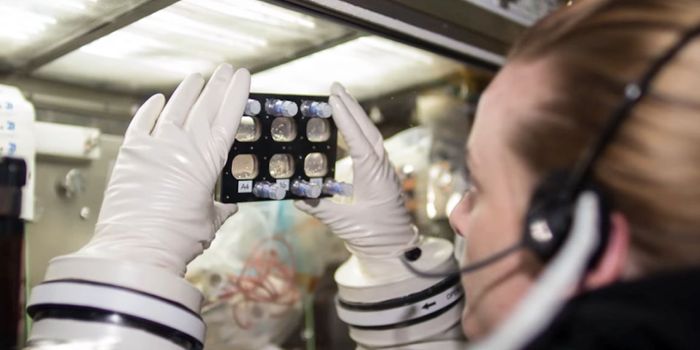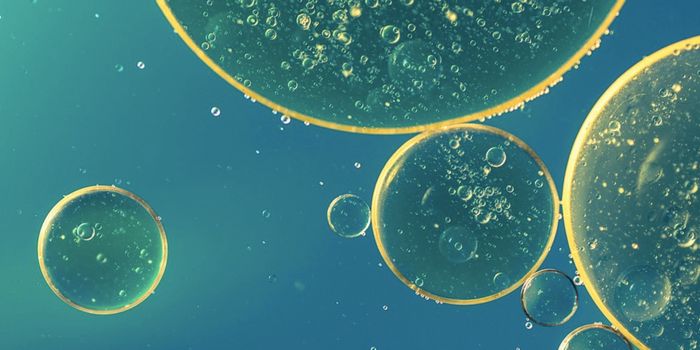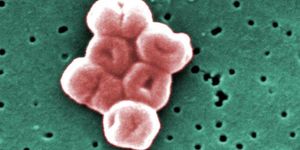A Gel Implant Protects from Cancer Recurrence
Following a successful course of cancer treatment, a patient may enter remission. Remission, classified as either partial or complete, is a condition where the patient exhibits reduced signs and symptoms of cancer. Unfortunately, cancer can also become recurrent, meaning that it returns following treatment.
Cancer recurrence occurs when a few rogue cancer cells remain in the body following treatment. Because of the growth properties of cancer cells, only a small number of cells need to survive to grow into a new, recurrent cancer. Since it only takes a few cells, the cancer can easily be missed on follow-up screening, but it still has the potential to grow and multiply to detectable cancer.
Recurrent cancer is characterized by how far it has spread from the original site. A local recurrence arises at or very close to the original cancer site. Regional recurrences develop in the lymph nodes near the original cancer. Distant recurrence occurs when the cancer has spread to organs or tissues far from the original cancer site.
Cancer recurrence rates differ based on the type of cancer, treatment, and patient demographics. The uncertainty stemming from the possibility of recurrence is a major concern for cancer survivors and their families. This has focused an avenue of oncology research on developing methods to prevent cancer recurrence. One exciting study, recently published in Nature Communications, has found that hydrogels loaded with drugs implanted during tumor removal surgery demonstrate significant benefit in in vivo mouse models.
The research team loaded hydrogels with two important drug compounds: Pexidartinib (PLX) and anti-programmed cell death protein 1 (αPD-1) antibody. PLX blocks colony-stimulating factor 1 receptors (CSF1R) which in turn depletes immunosuppressive cells. Because immunosuppressive cells hinder the anti-tumor immune response, decreasing their presence boosts immunity. The elimination of these immunosuppressive cells promotes infiltration of cytotoxic T lymphocytes (CTLs), the immune cells responsible for killing cancer cells. Importantly, the influx of CTLs primes the tumor microenvironment for optimal αPD-1 responsiveness.
The study investigated the effectiveness of the hydrogel inserts in various mouse cancer models prone to cancer recurrence, including sarcoma (S180), melanoma (B16F10), colon cancer (CT26), and triple-negative breast cancer (4T1) models. Tumor recurrence rates were reduced in all four models. Further, the study demonstrated prolonged survival of mice implanted with hydrogels loaded with both PLX and αPD-1. In addition to the anti-tumor efficacy demonstrated in this study, the hydrogel method also allows for local administration of the drugs usually given systemically. Local delivery methods limit side effects that can develop toxicities on healthy tissue. The authors suggest that the method developed in this study could be applied to additional drugs and may potentially boost the efficacy of other cancer immunotherapy approaches.
Sources: Oncology, Nat Commun









